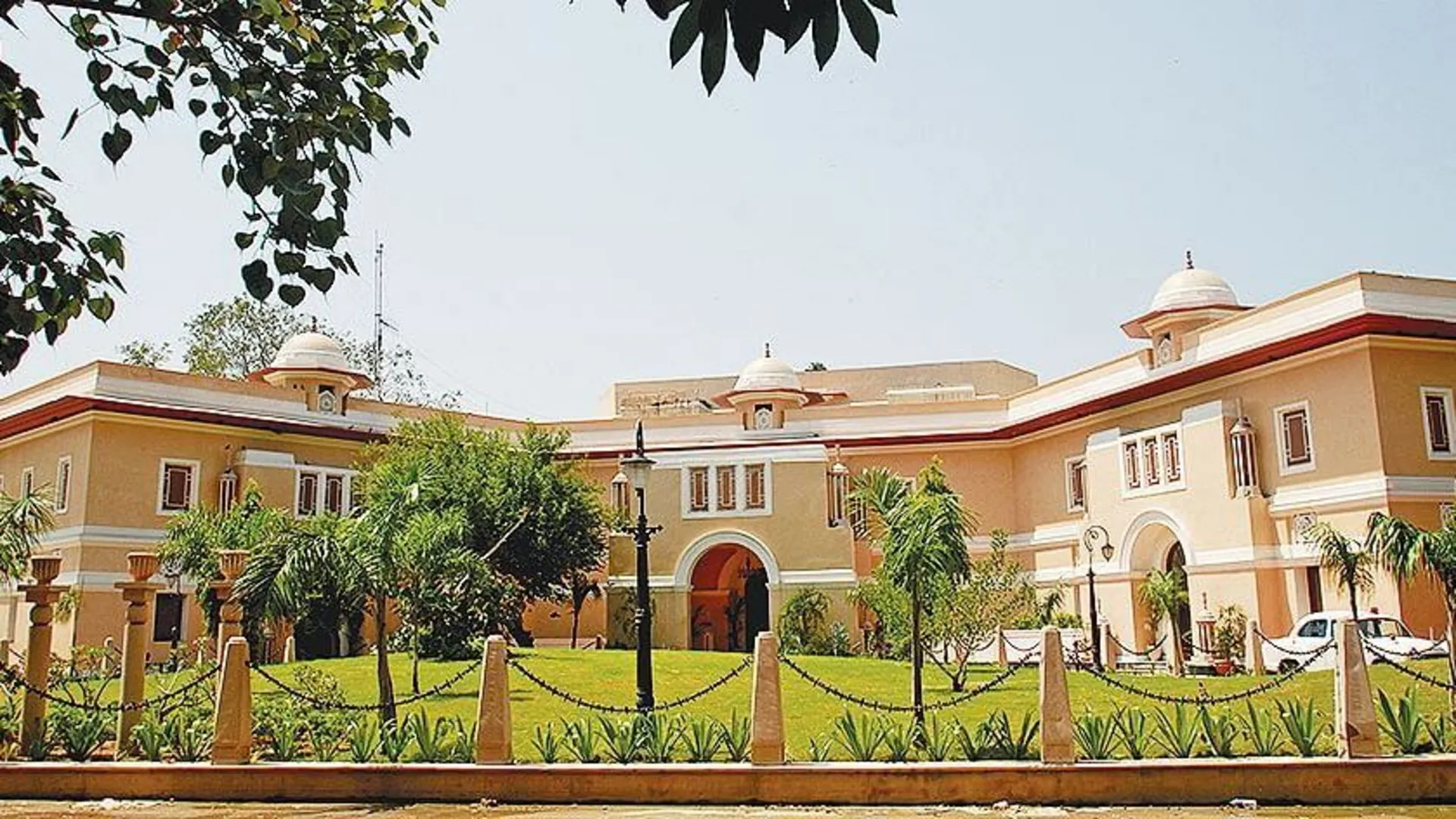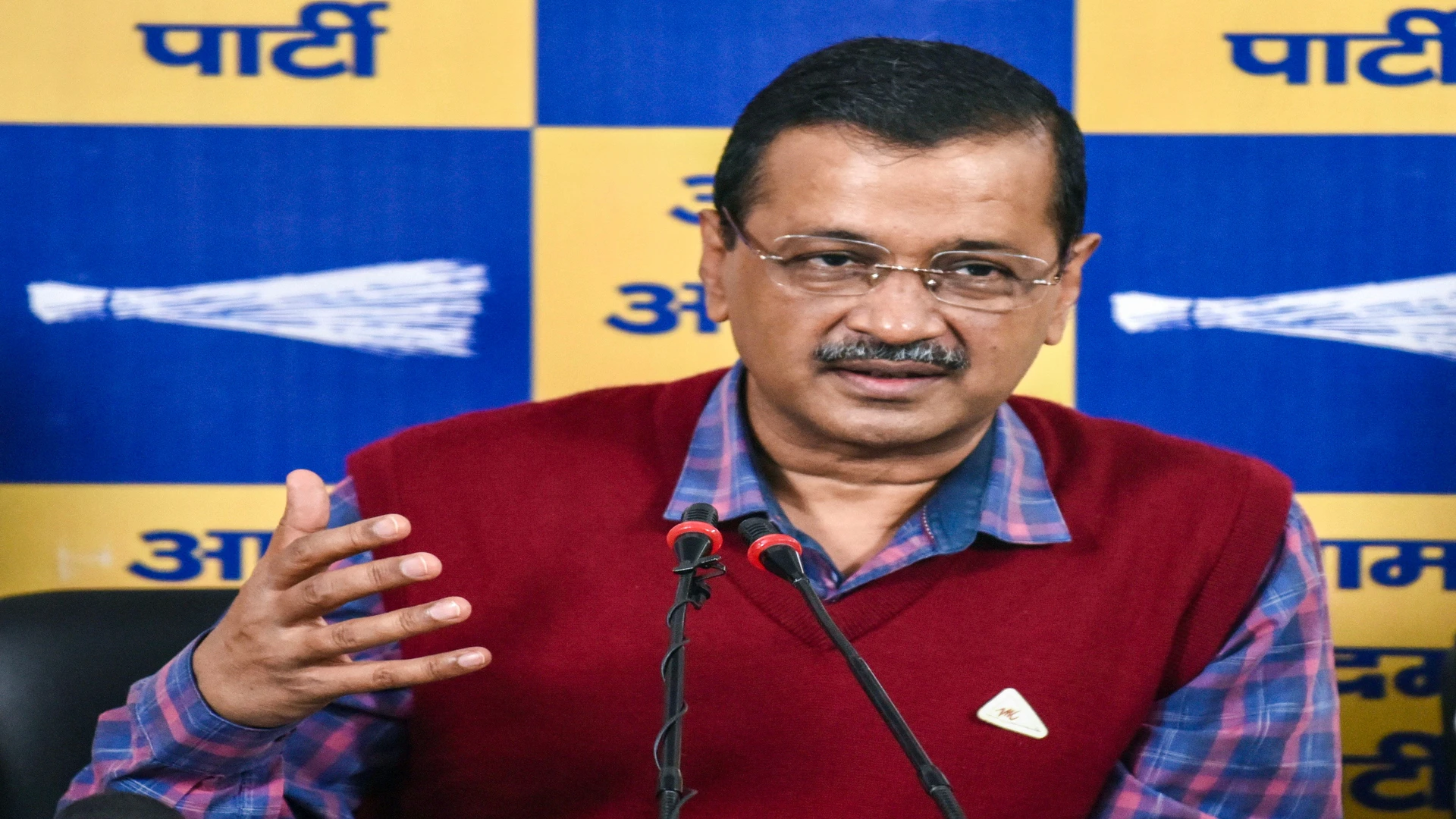
There was indeed a time when India, a country of over 1.4 billion people, faced a critical financial literacy gap, especially in rural and underbanked regions. In 2011, only 35% of Indian adults had bank accounts. Fast forward to 2021, and this number surged to 80%, thanks largely to initiatives like the Pradhan Mantri Jan Dhan Yojana (PMJDY). But account ownership alone doesn’t equate to financial empowerment. The real challenge lies in educating the unbanked and underbanked to use these services effectively.
A lack of financial literacy leaves millions vulnerable to predatory practices and poor financial decisions. People in rural areas, with limited access to traditional banks, face barriers that go beyond account ownership including language, trust issues, and a lack of understanding about savings, credit, and investment all contribute to financial exclusion. This is where digital tools and fintech innovations have have really stepped up.
Digital tools empowering the underbanked
With the rapid rise of fintech solutions, financial education is undergoing a digital revolution. The introduction of digital wallets, mobile banking, and the Unified Payments Interface (UPI) has transformed how people access banking services, particularly in rural India. UPI, launched in 2016, recorded over 8 billion transactions in August 2023 alone, a testament to its widespread adoption.
A significant driver of this change is the rise of smartphones and affordable internet connectivity. Digital platforms now provide tailored financial education tools that teach the unbanked how to manage their money, access credit, and save for the future through a simple mobile app. These platforms are not only bridging the literacy gap but also democratizing access to financial services, allowing individuals in even the remotest corners of the country to engage with the formal economy.
Fintech companies have revolutionized everyday transactions, enabling users to bypass traditional banking challenges such as long wait times, paperwork, and physical distance from bank branches.This shows that more people are tapping into financial services that once seemed out of reach.
Government and private sector collaboration for financial inclusion
The success of fintech in India is also driven by collaborative efforts between the government and private sector. Programs like PMJDY, which facilitated the opening of over 31.5 million bank accounts since its launch in 2014, laid the groundwork for financial inclusion. But government policies alone are not enough. Private fintech companies, in partnership with government initiatives, are essential to making financial services more accessible and understandable for the unbanked.
Aadhaar, India’s biometric identification system, plays a critical role in enabling these services. With over 1.3 billion Indians having Aadhaar numbers, integrating this system into financial transactions such as direct benefit transfers (DBTs)—has ensured that welfare schemes reach the intended beneficiaries without leakage. Fintech firms have leveraged Aadhaar to streamline processes, reduce fraud, and bring transparency to the financial system.
These collaborations are not just about providing access but also building trust among the rural population. Many people in rural India are skeptical of formal banking systems, preferring informal lending and saving circles. However, with the introduction of transparent, easy-to-use digital platforms, more individuals are starting to see the benefits of entering the formal financial ecosystem.
Financial literacy is the key to empowerment
While access is critical, true empowerment comes from financial literacy. Understanding how to save, invest, and manage credit is vital for individuals to make informed decisions. Financial literacy programs aimed at teaching these concepts have now reached a big chunk of population through various initiatives. These programs emphasize the importance of budgeting, managing debt, and using financial tools wisely, equipping individuals with the skills needed to improve their financial well-being.
Fintech platforms are also incorporating financial education into their apps, providing tutorials and resources that explain complex financial concepts in simple, local languages. This approach not only educates but also builds confidence among users, encouraging them to engage more actively with their finances.
Challenges and opportunities
Despite the progress, significant challenges remain. The digital divide continues to hinder access to financial education in rural areas. While smartphone penetration is increasing, not everyone has access to stable internet connections. Language barriers also pose a problem, as many digital tools are not yet available in local dialects. Additionally, trust issues persist, especially among older generations who are unfamiliar with digital transactions and fear fraud. To overcome these challenges, fintech companies and the government must continue to work together to build infrastructure, offer localized solutions, and create awareness campaigns that highlight the safety and benefits of digital financial services. The goal should be to make financial literacy as accessible as the financial services themselves.
The digital revolution in financial education is not just about teaching people how to manage their money; it’s about transforming lives. By providing the unbanked population with the tools, knowledge, and confidence to engage with the formal financial system, India is taking significant strides toward economic empowerment. As more people gain financial literacy, the ripple effect on the national economy will be profound, driving growth and ensuring that no one is left behind in the country’s financial future.
Amit Nigam is an Executive Director & COO of Bankit.















